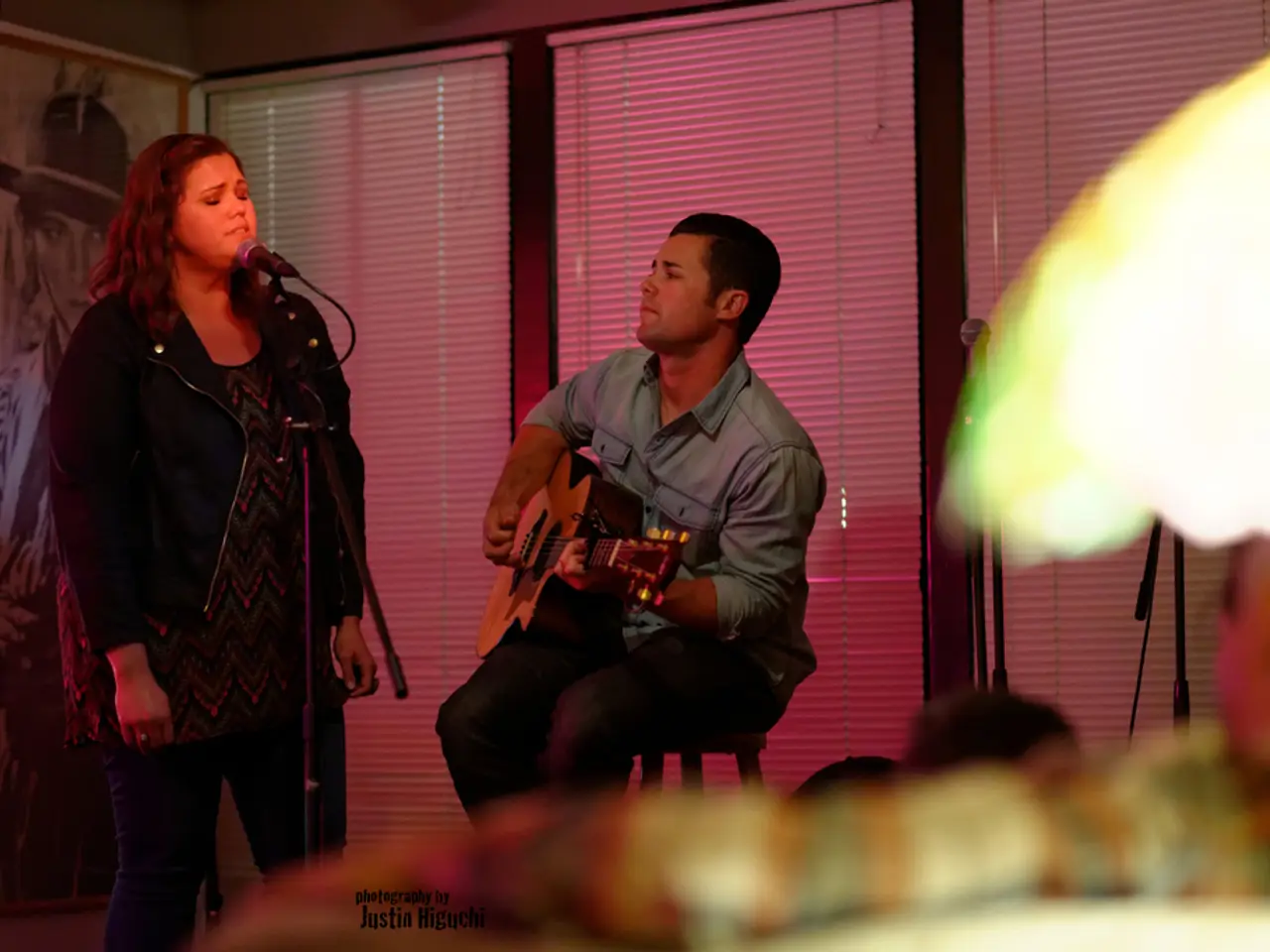Studio sessions are progressing and adapting to contemporary artist requirements
**Modern Trends and Studio Requirements for Music Production in 2025**
In the rapidly evolving world of music production, the demands on studios have shifted significantly. The advent of technology and the rise of independent artists have led to a transformation in the way music is created and recorded.
One of the most notable trends is the rise of home recording studios equipped with advanced AI tools. Artists can now produce high-quality music without the need for traditional studios, thanks to affordable equipment and AI-driven software. This shift allows artists to maintain creative control and reduce costs while still achieving professional-grade sound.
The music industry is also witnessing a surge in independent artists who can now create and distribute their music without traditional label support. Platforms like Groover offer opportunities for artists to share their work and gain visibility. However, to stand out, artists must develop a unique niche and original style.
Studios are adapting by incorporating AI tools into their workflows. This includes AI-generated music, which is predicted to significantly boost industry revenue by increasing productivity and offering new creative possibilities. Additionally, some studios are focusing on virtual production, combining real-time computer graphics with traditional techniques, particularly in film education.
Collaboration and community are also becoming increasingly important in the modern studio environment. Major streaming platforms like Apple Music are establishing collaborative spaces for artists and podcasters. The recent opening of a new studio in Los Angeles by Apple Music, featuring facilities for live performances, spatial audio mixing, and content creation, reflects this trend. Such studios aim to foster creativity and community among artists.
Despite these advancements, there is a growing demand for fair compensation for artists on streaming platforms. Despite the rise of independent production, many artists still face challenges in receiving adequate payouts from streaming services, an issue that platforms are being pressured to address.
In today's fast-paced music industry, artists now record music sessions between live shows, promo stops, or while touring. This necessitates studios that are easy to find and book with quick availability. Artists now work in phases, often track by track, with each session having a clear, singular goal. Modern artists structure their projects incrementally, with writing sessions, vocal sessions, and tracking sessions spread across different cities, collaborators, and timelines.
Studios that adapt to meet the needs of today's artists, such as offering quick access to the right space, are leading the charge in the evolving music production landscape. For instance, services like ProStudioTime connect artists with studios that fit their specific session needs.
In conclusion, modern studios in 2025 are embracing technological advancements, fostering independence, and adapting to the evolving needs of artists by integrating AI, virtual production, and collaborative spaces while facing calls for fair compensation. The music industry continues to evolve at a rapid pace, and studios must adapt to remain relevant and meet the needs of the modern artist.
- The integration of AI tools in studios is not only limited to music production, but also extends to the business sector, as AI-generated music is predicted to boost industry revenue and offer new creative possibilities.
- As the music industry becomes more technology-driven, there is a growing overlap between finance, entertainment, and technology, with platforms like Groover providing opportunities for artists to monetize their work and Apple Music investing in studios that offer spatial audio mixing and content creation.




